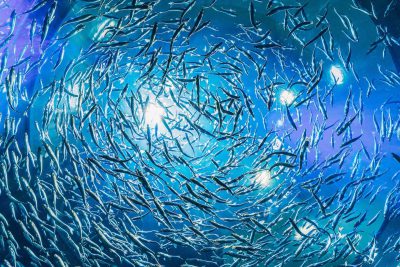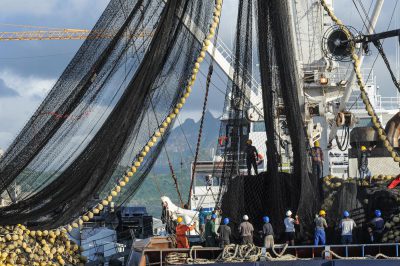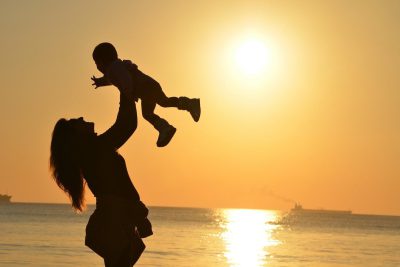Estimated reading time: 8½ minutes
The Seaspiracy documentary has made quite a splash. In 90 powerful minutes, this film lays bare the extent of the damage caused by the global fishing industry to individual animals, entire species, ecosystems, the environment, climate, and to people. There is no doubt that it is a deeply disturbing film to watch, but it also reminds us of the beauty of the oceans, their ecological importance, and the multiple reasons they are worth fighting for. Along the way, the film debunks ‘bluewashing’ – those dubious claims made by the industry to keep us buying its products – and comes to one inescapable conclusion: to save the oceans, we have to stop eating fish.
What Is The Netflix Documentary Seaspiracy About?
Seaspiracy is a powerful documentary that follows Ali Tabrizi, a British filmmaker with a passion for the oceans. Like many of us, he had thought that whaling and plastic straws were the biggest threats to the seas, but this was just the starting point. His research led him to understand why whales and dolphins are really killed, how many animals are sacrificed as ‘bycatch’, how there is absolutely no guarantee of “dolphin-friendly” tuna, why sustainable labelling is misleading, that most of the plastic in the ocean comes from the fishing industry, that fish farming has a serious environmental impact, that significant sections of the global fishing fleet rely on slave labor, and that people are murdered to protect this industry. For anyone who cares about the oceans, whales, dolphins and other aquatic creatures, the climate catastrophe, animal suffering and / or human rights, this is a must-see film.

Seaspiracy Facts Check
In just 90 minutes, this film covers many subjects. Some of the revelations are so shocking that they may test our belief. So, here we run through some of the issues covered, to see if things really are as bad as they seem.
Discarded Plastic Fishing Gear Accounts For Most Ocean Debris
Tabrizi’s concern for ocean plastic pollution led him to stop using single-use plastic straws and cutlery, and also to take part in beach cleans, where he would pick up bag after bag of discarded plastic. It was a shock for him to find out that the majority of the plastic in the Great Pacific Garbage Patch had nothing to do with straws and cotton buds, but actually came from the fishing industry. His concern here is valid. In 2018, research published in Nature, documented 79,000 tonnes of plastic in the ‘patch’ – an area of 1.6 million km2 – of which at least 46 per cent was fishing nets. Alongside this were crates, eel trap cones, oyster spacers, ropes and other paraphernalia from the fishing industry.
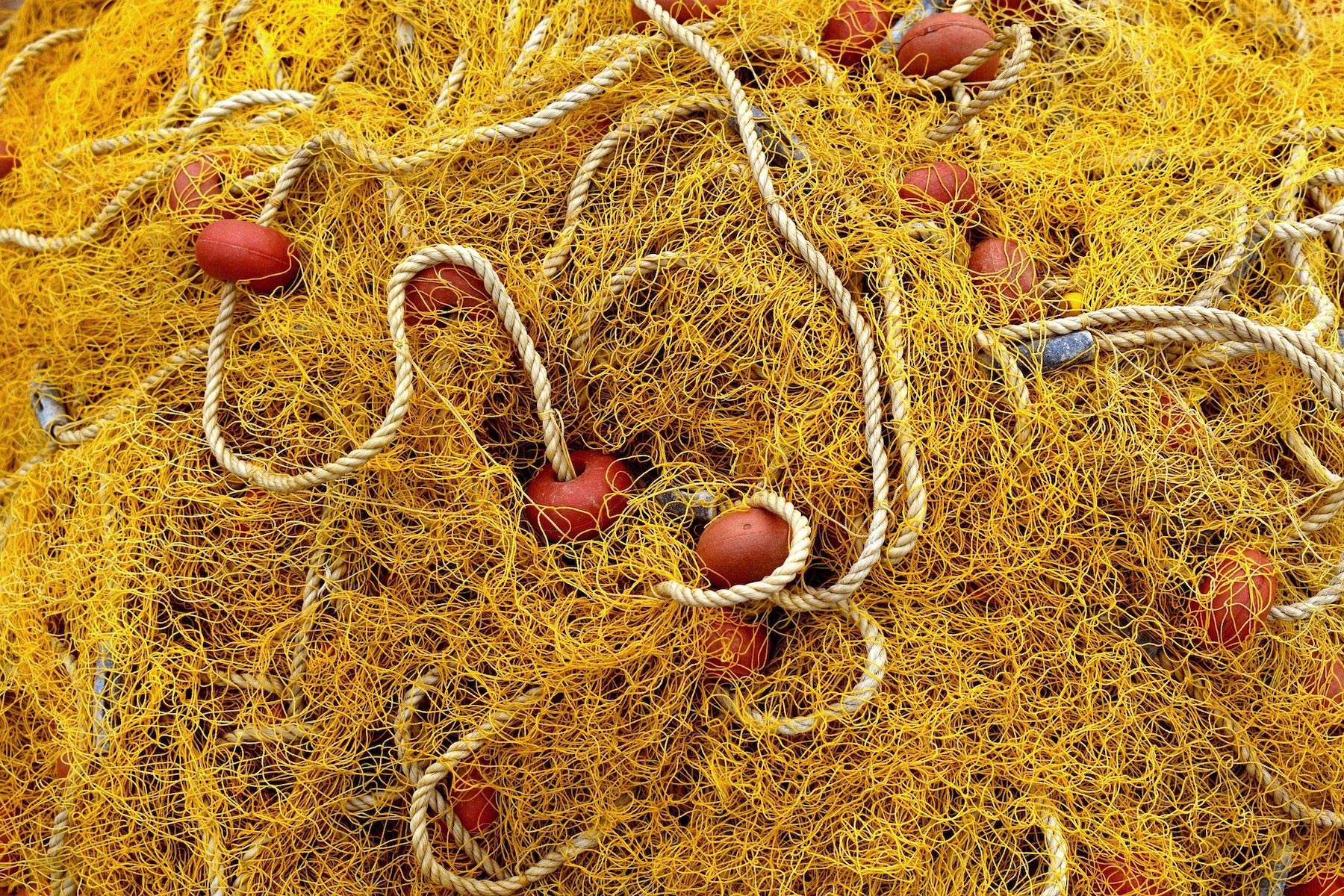
Overfishing Is More Damaging Than Deforestation
In the film, the renowned and highly regarded marine biologist Sylvia Earle told Tabrizi that the oceans are the biggest carbon sink and we must maintain their integrity for the sake of the climate. This claim stacks up, too.
Micro-organisms in the sea absorb four times more carbon dioxide than the Amazon, with a 2019 International Monetary Fund (IMF) report stating: “We calculate that this is equivalent to the amount of carbon dioxide (CO2) captured by 1.70 trillion trees – four Amazon forests’ worth.”
Unsurprisingly, disturbances to the ocean ecosystems result in the carbon being released. A 2021 study found that fishing trawlers that sweep the ocean floor release as much carbon dioxide as the entire aviation industry – 1 gigaton of carbon every year.
The IMF study also found that protecting whales and other large sea creatures is more important than planting trees. This is because the mammals accumulate carbon in their bodies throughout their long lives, and then when they die, they take that carbon to the bottom of the ocean, where it is stored for centuries. But most of us don’t eat whales, dolphins and sharks, you may say. The reality is, if we eat fish, we are killing these animals too, even if we don’t know it. Around 300,000 whales and dolphins and 50 million sharks are killed every year as bycatch (the taking of non-target species) by the fishing industry.

Farmed Fish Are A Massive Threat
Fish farming may seem like the solution to the problems caused by fishing, but it really isn’t. Tabrizi actually found that pollution from fish farms is severe and wreaks havoc on marine ecosystems. In Scotland, one of the largest producers of farmed Atlantic salmon in the world, pollution from fish farms causes widespread harm to wildlife. In 2020, a report found that pollution of Scotland’s lochs from a toxic pesticide used by fish farms had risen by 72 per cent in a year. The chemical is known to kill marine wildlife.
Not only that but farmed fish are actually fed wild-caught fish, so eating farmed fish does nothing to protect the oceans. According to a February 2021 report by Just Economics, about one fifth of the world’s annual wild fish catch is used to make fishmeal and fish oil, and almost three quarters of that is fed to fish on factory farms.
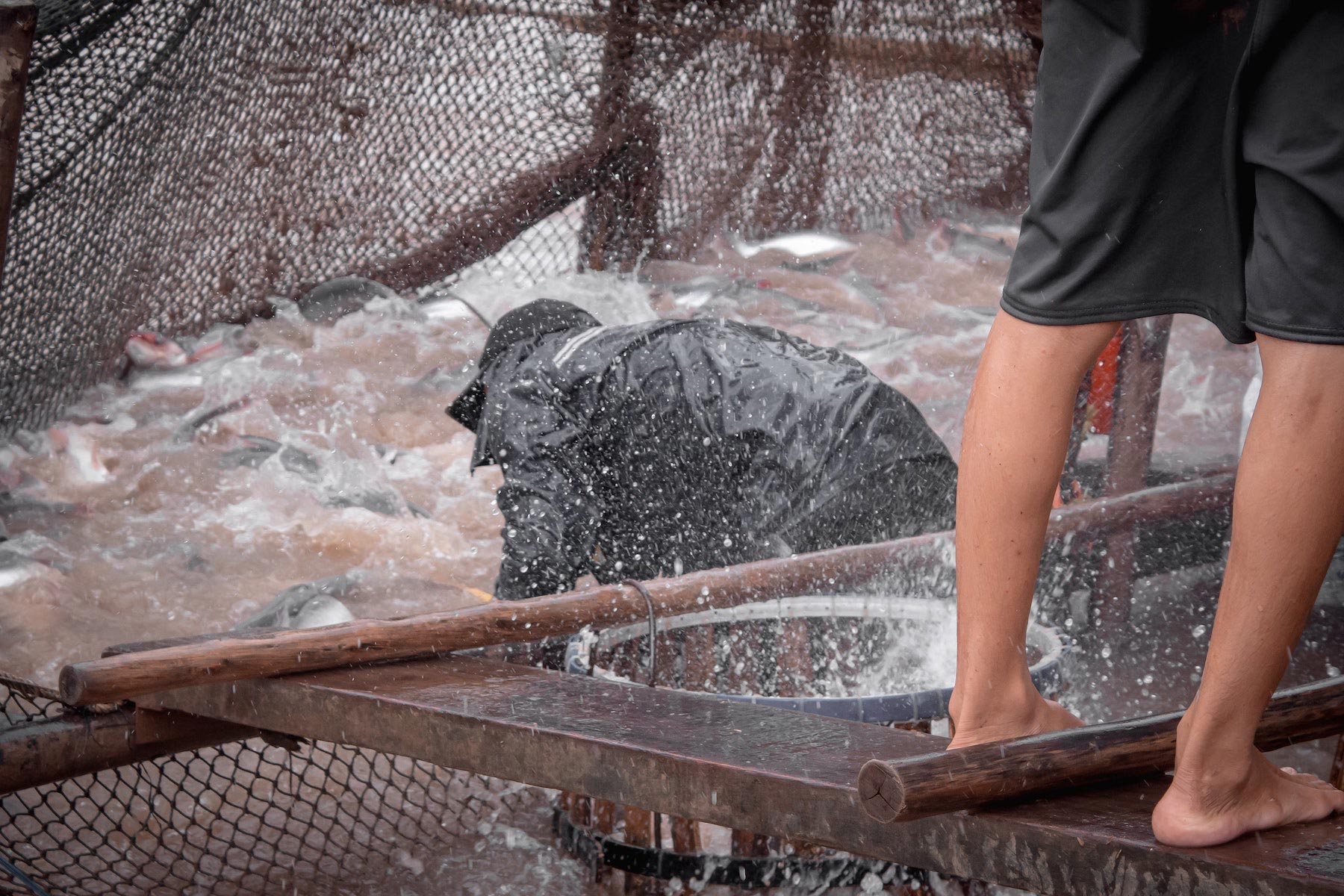
Safe Seafood Labels Need Oversight
Another shocking revelation in Seaspiracy was when Tabrizi interviewed a representative of the Earth Island Institute, which accredits “dolphin friendly” tuna. Can you guarantee that no dolphins are harmed for this tuna?, asks Tabrizi. The answer came back clearly: No. We do have observers but they are rarely on board. And they can be bribed. We have to take the captain’s word that no dolphins were harmed.
In the film, Ric O’Barry who once worked for Earth Island Institute calls this accreditation system “phoney”. He claims that there is a real conflict of interest. Fishing companies pay for accreditation, he says, and so the more cans of tuna that have this certification, the more funds are raised. The lesson? Don’t trust the labels.
The Oceans Will Be Emptied Of Fish In 27 Years
In 2006, a panel of marine ecologists and researchers set out their concerns about the ongoing depletion of marine biodiversity, and suggested that the oceans could be empty by 2048 if our behavior did not change. There has been some controversy around this claim, and in 2016, one of those researchers Boris Worm looked at the most recent data, and concluded that if nothing changes, 88 per cent of fish populations will be overfished and well below their target biomass in 2050.
So, perhaps the oceans won’t be “empty” in 2048 but that largely depends on what we do between now and then. If nothing changes, the degradation will continue, and whether we kill off the oceans completely by 2048, 2068 or 2098, there is no doubt that we will empty them at some stage.
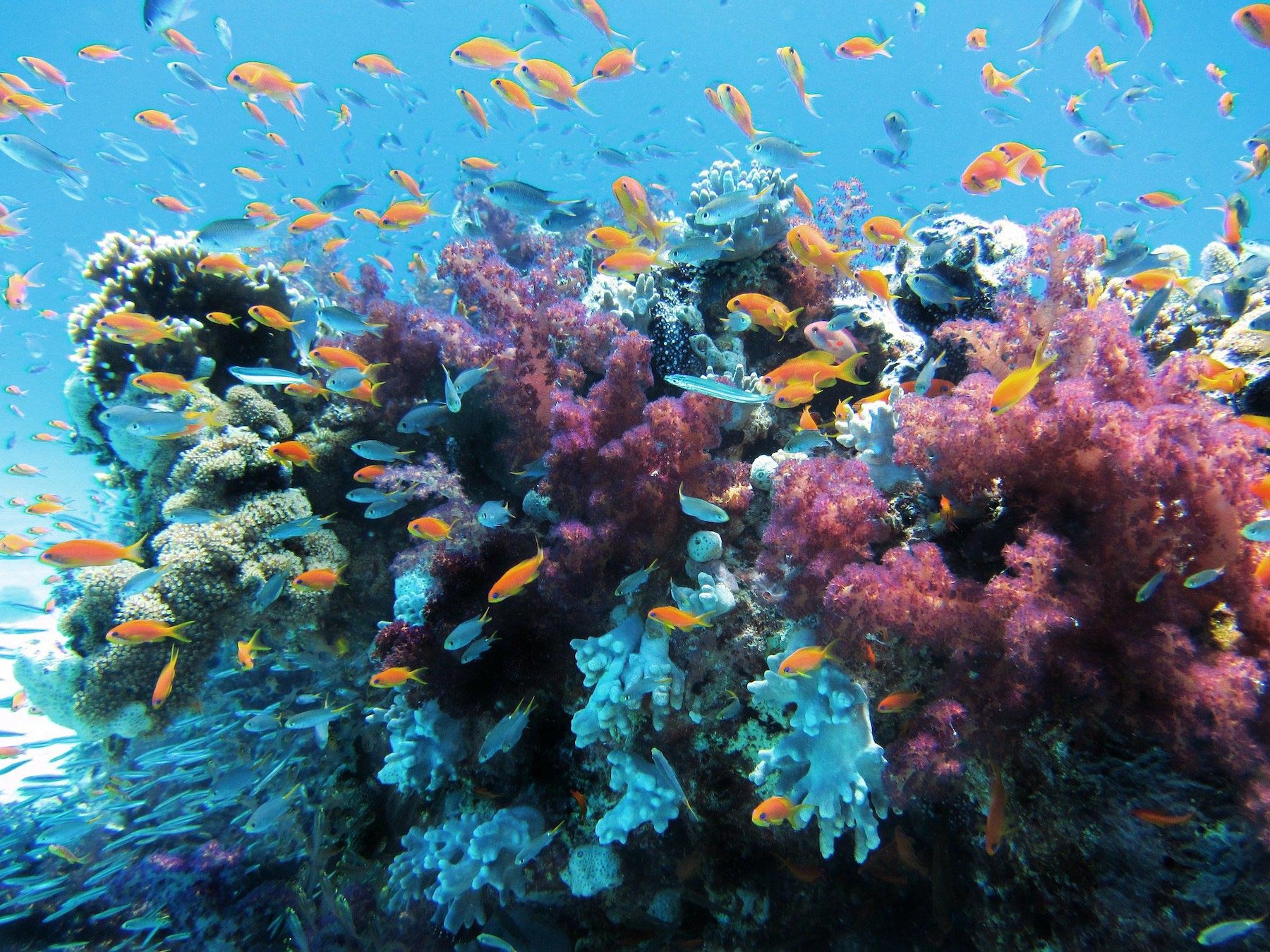
Sustainable Seafood Is A Myth
Seaspiracy shows very clearly that there is no definition of “sustainable” when it comes to fishing, and that we should be dubious about any such claims made by the industry. Paul Watson, founder of Sea Shepherd, says: “Sustainable fishing is a fraud. It’s a marketing term that really means ‘business as usual’.”
Like Watson, Sylvia Earle does not eat fish. She says: “I personally have stopped eating seafood. I know too much. I know that every fish counts at this point. Some more than others, but I can no longer bear the thought of eating tuna knowing what dire straits they are currently in. If we value the ocean and the ocean’s health at all, we have to understand that fish are critical to maintaining the integrity of ocean systems, which in turn make the planet work.”
Fishing Fleets Use Slave Labor
Another shocking revelation from this impactful film came when Tabrizi revealed the human rights abuses within the Thai fishing industry. Workers who take a short-term job aboard fishing vessels may find themselves held captive, abused, and forced to work for many years.
There is plenty of evidence to back up this claim. In 2015, the New York Times revealed how men were sold from ship to ship as they caught fish that would end up in feed for factory farmed animals around the world. In 2018, Human Rights Watch produced a full report on forced labor within the Thai fishing industry. And in 2019, Vannak Anan Prum told The Guardian newspaper how he had taken a two-week job on board a Thai ship but was held captive for four years. He said that there was violence on board every day and that people would simply disappear, presumably killed and thrown into the sea. One night he saw a Thai worker cut another man’s head off with a cleaver.
Not only have there been reports of slave labor in the seafood industry in 47 countries, but it is also estimated that 32% of wild-caught fish imported into the US is estimated to have been caught illegally, making it likely it was caught under conditions of modern slavery.
Stop Eating Fish Is The Solution
It is not enough to “protect” marine areas; unbelievably, most of the protected areas still allow fishing. It is not enough to buy “sustainable” fish as in truth there is no such thing. It is not sufficient to buy “dolphin-friendly” tuna as there can be no guarantees that entire pods of dolphins were not killed for it. And we know that fish farms are not the answer – they cause mass suffering and pollution, kill local wild populations, and still require the capture and killing of wild fish for their feed.
No, the immense exploitation and damage revealed in Seaspiracy leads to one very obvious, very clear solution: we need to stop eating fish.
Solutions To Problems Raised By Seaspiracy
Animal suffering. Biodiversity Loss. Habitat destruction. Climate change. Plastic pollution. Whaling. Young whales sold into captivity. Dolphins slaughtered. Turtles endangered. Seabird populations crashing. Sharks being ‘finned’. Human rights abuses. Violence. Forced labor. Slavery. Murder.
The problems raised in Seaspiracy are huge and deeply concerning, and the silence from governments and many environmental organizations suggests a troubling complicity.
We do not need to wait for others to act. We can help by changing what we eat.
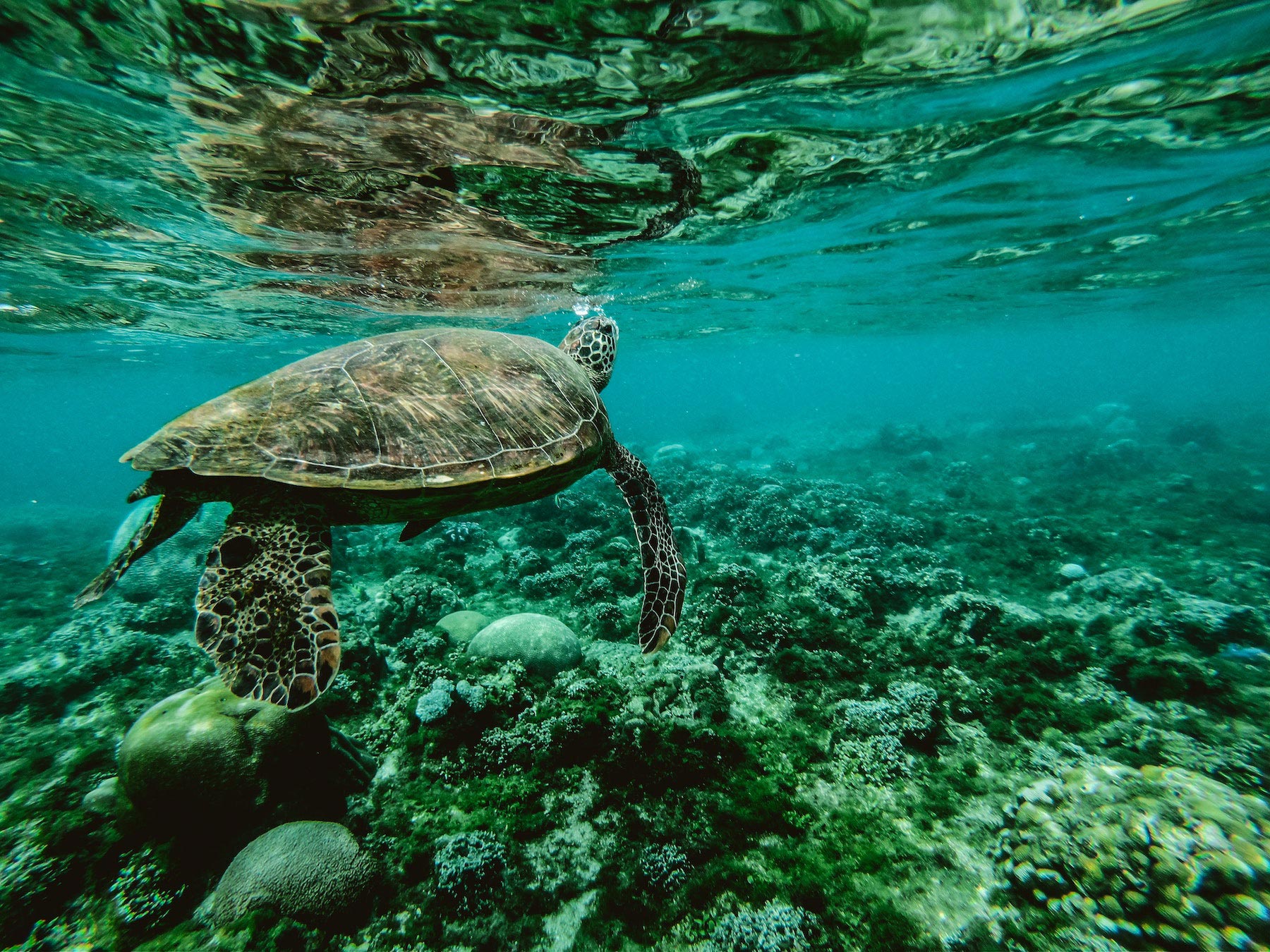
Conclusion: What Did We Learn From Seaspiracy?
In just 90 minutes we learned that there is far more to worry about in the fishing industry than we could ever have ever imagined. We discovered that human rights abuses, environmental devastation and animal suffering are all business-as-usual for this wayward industry. We also learned there are many good people trying to expose these abuses and tackle them, but they cannot do it alone.
Most of all we learned that there is one thing we can all do to help. We can – and must – stop eating fish.
